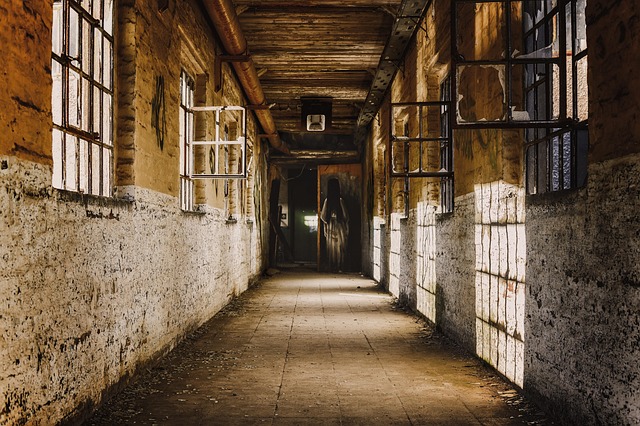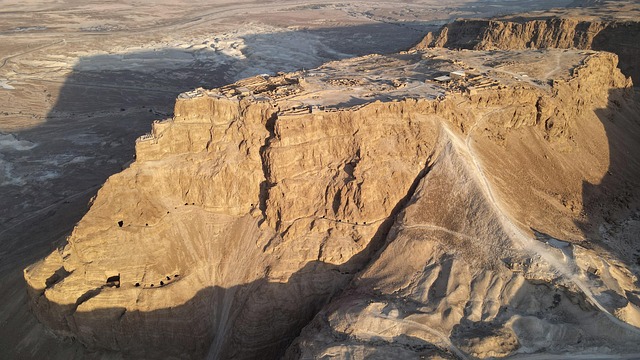
The Role of an Assistant Director in Theatre: A Behind-the-Scenes Look at the Entertainment Industry
Setting the Stage: A Day in the Life of an Assistant Director
Stepping into a theatre rehearsal space as an assistant director feels like arriving at the heart of a living organism—there’s a pulse in every footstep, a rhythm in every cue. From coordinating actors’ entrances to updating scripts when improvisation strikes, that person is the glue holding together artistic vision and practical reality.
Bridging Rehearsals and Real-Time Productions
In the world of Theatre, the assistant director often stands at the crossroads of imagination and execution. They:
- Track blocking notes and scene changes
- Communicate director’s feedback to designers, stage managers, and cast
- Serve as a liaison during tech rehearsals, ensuring lighting, sound, and set changes align with the creative blueprint
Whether it’s a small black-box stage or a grand proscenium arch, this role demands a blend of diplomacy, creativity, and meticulous organization.
From Curtain Calls to Concert Halls
While the title “assistant director” conjures images of footlights and velvet curtains, the skills translate across the Entertainment industry. Imagine:
- A live concert where timing a fireworks burst depends on a perfectly cued drum solo
- A sprawling music festival where thousands move from stage to stage, guided by invisible hands coordinating set changes, soundchecks, and artist schedules
- A cinema production where continuity and timing are everything—keeping track of shot lists, managing actors’ availability, and ensuring each take captures the director’s vision
Here, the assistant director’s expertise in pacing, clear communication, and problem-solving becomes indispensable.
Festival Frenzy: Organizing Chaos with Creativity
Step into a festival grounds and the scale shifts dramatically. Dozens of stages, food vendors, VIP lounges, and security checkpoints need orchestration. An assistant director in this landscape:
- Coordinates backstage logistics for multiple acts
- Liaises with production managers to ensure smooth load-ins and load-outs
- Monitors real-time updates on weather, crowd flow, and artist requests
Every delay or miscommunication can ripple into a headline. It’s the assistant director’s agility and anticipation that turns organized chaos into an unforgettable experience.
Behind the Camera: Transitioning to Cinema
On a film set, an assistant director navigates a landscape where time is money and every minute of daylight counts. Key responsibilities include:
- Creating and updating the shooting schedule
- Coordinating extras, background action, and crowd scenes
- Ensuring health and safety protocols are followed
Translating theatrical sensibilities—like pacing, blocking, and actor focus—into cinematic language demands both adaptability and deep respect for the director’s vision.
The Harmony of Theatre and Music Industry Skills
The synergy between Theatre and the Music industry is natural. Soundchecks in concerts mirror tech rehearsals in plays; crowd management at festivals echoes audience flow in theatres. An assistant director masters both worlds by leveraging:
- Strong communication—translating creative ideas into clear, actionable plans
- Time management—balancing multiple artists, vendors, and technical teams
- Problem-solving—responding to last-minute changes with poise
These shared skills turn any live event—be it a musical, a rock show, a documentary shoot, or a global festival—into a seamlessly orchestrated performance.
Backstage Impact: More Than Just a Supporting Role
Though often unseen by the audience, the assistant director’s presence resonates in every perfectly timed cue, every smooth scene transition, and every lightning-quick solution to unexpected challenges. They’re the quiet force ensuring that art, technology, and human creativity align.
Next time you feel the rush of applause at a theatre opening, the roar of a festival crowd, or the hush of a cinema premiere, remember the invisible hands of the assistant director—turning passion into performance.


